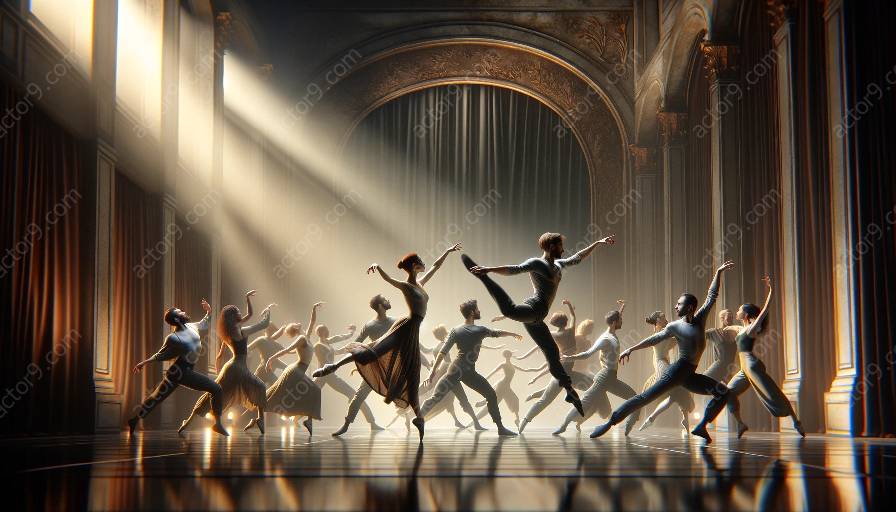Laban Movement Analysis is a practical and comprehensive approach to understanding movement, widely used in various fields including dance, acting, and therapy. It provides a unique framework for analyzing, describing, and interpreting human movement. In the context of acting techniques, Laban Movement Analysis offers actors a valuable tool to develop a deeper understanding of physical expression, character embodiment, and movement dynamics. By integrating the fundamentals of Laban Movement Analysis with acting techniques, performers can enhance their expressiveness, physicality, and overall stage presence.
Understanding Laban Movement Analysis
Laban Movement Analysis was developed by Rudolf Laban, a dance and movement theorist, in the early 20th century. It consists of four interconnected components: Body, Effort, Shape, and Space. The Body component focuses on the anatomical and physiological aspects of movement, including body parts, alignment, and coordination. Effort explores the dynamic qualities of movement, such as weight, time, space, and flow. Shape delves into the patterns and forms created by the body in motion, while Space examines the spatial relationships and pathways of movement.
Application in Acting Techniques
Actors can benefit from the principles and vocabulary of Laban Movement Analysis to deepen their understanding of physical expression and character development. By using Effort qualities, actors can embody specific character traits and emotional states. For instance, a character may exhibit strong, direct movements to convey authority or dominance, or light, floating movements to portray vulnerability or fragility. Understanding Shape dynamics can help actors convey the physicality and presence of their characters, whether it's portraying a rigid, angular posture for a stern character or flowing, circular movements for a free-spirited personality.
Integration with Acting Training
Integrating Laban Movement Analysis into acting training can enhance an actor's ability to create authentic and compelling performances. By developing awareness of their own movement patterns and expanding their movement vocabulary, actors can bring a new level of authenticity and intentionality to their physicality on stage or screen. This approach allows actors to embody characters more fully and make deliberate choices about how their characters move and express themselves physically. Through the integration of Laban Movement Analysis, actors can also cultivate a heightened sense of spatial awareness, allowing them to effectively utilize the stage or performance space to communicate with the audience.
Realizing the Art of Movement
Laban Movement Analysis provides a real and practical framework for actors to explore and refine the art of movement. By understanding the fundamental principles of movement dynamics and applying them to character work, actors can bring depth, authenticity, and specificity to their physical performances. This approach enables actors to transcend mere gesture and choreography, allowing them to embody their characters' inner worlds through intentional and nuanced movement choices. The integration of Laban Movement Analysis with acting techniques elevates the art of movement to a powerful means of storytelling and expression, enriching the actor's craft and resonating with audiences on a profound level.













































